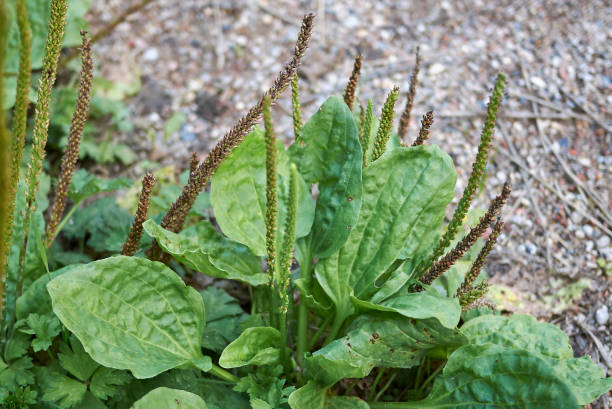The term “wild plants” encompasses a vast array of flora that grows naturally in various environments, from forests to deserts, without human intervention. These plants exhibit a rich diversity of forms, functions, and adaptations, playing integral roles in ecosystems around the world. This article delves into the defining characteristics of wild plants, discusses different types, and explores their ecological importance and uses.
Characteristics of Wild Plants
Wild plants are typically characterized by their resilience and adaptability. Key features include:
- Adaptability: Wild plants are finely tuned to their environments, having evolved adaptations to local climate, soil, and other conditions.
- Biodiversity: Wild plant communities exhibit a high level of biodiversity, with many different species coexisting and interacting in the same area.
- Seasonality: Like wildflowers, many wild plants have specific growth and reproductive cycles aligned with the seasons of their environment.
Types of Wild Plants
The category of wild plants includes a vast diversity of species, from towering trees to low-growing mosses. Some notable types include:
- Ferns: Ancient plant species that reproduce via spores, ferns are common in shady, moist environments.
- Grasses: Grasses are ubiquitous worldwide and range from tiny species to towering bamboo.
- Trees: Wild trees, such as oaks, maples, and pines, form the backbone of many ecosystems, providing habitat and food for numerous species.
- Shrubs: These include species like juniper, blueberry, and sagebrush.
- Mosses and Lichens: These often-overlooked plants play critical roles in many ecosystems, from forest floors to arctic tundra.
Ecological Roles of Wild Plants
Wild plants fulfill essential ecological roles:
- Habitat Provision: Many wild plants, especially trees and shrubs, provide shelter for animals, insects, and other plants.
- Food Supply: Wild plants form the basis of the food chain in many ecosystems, providing nourishment for a variety of organisms.
- Soil Stabilization: Through their root systems, wild plants help prevent soil erosion and contribute to soil health.
- Carbon Sequestration: Plants, particularly trees, absorb carbon dioxide, playing a critical role in mitigating climate change.
Uses of Wild Plants
Wild plants have numerous uses for humans:
- Foraging: Many wild plants are edible and provide nutritious food, such as berries, nuts, and greens. Foraging should always be done responsibly and with thorough species knowledge to avoid poisonous plants.
- Medicine: Numerous wild plants have medicinal properties and have been used in traditional medicine systems for centuries.
- Landscaping: Many wild plants, with their adaptability and low maintenance, are suitable for natural gardening and landscaping, promoting local biodiversity.
Wild plants are a fascinating and integral component of our planet’s ecosystems. Their diversity, adaptability, and ecological importance underscore the need for their conservation and respectful utilization. Recognizing and appreciating the value of wild plants can bring us closer to nature and inspire us to safeguard our environment’s health and vitality.

